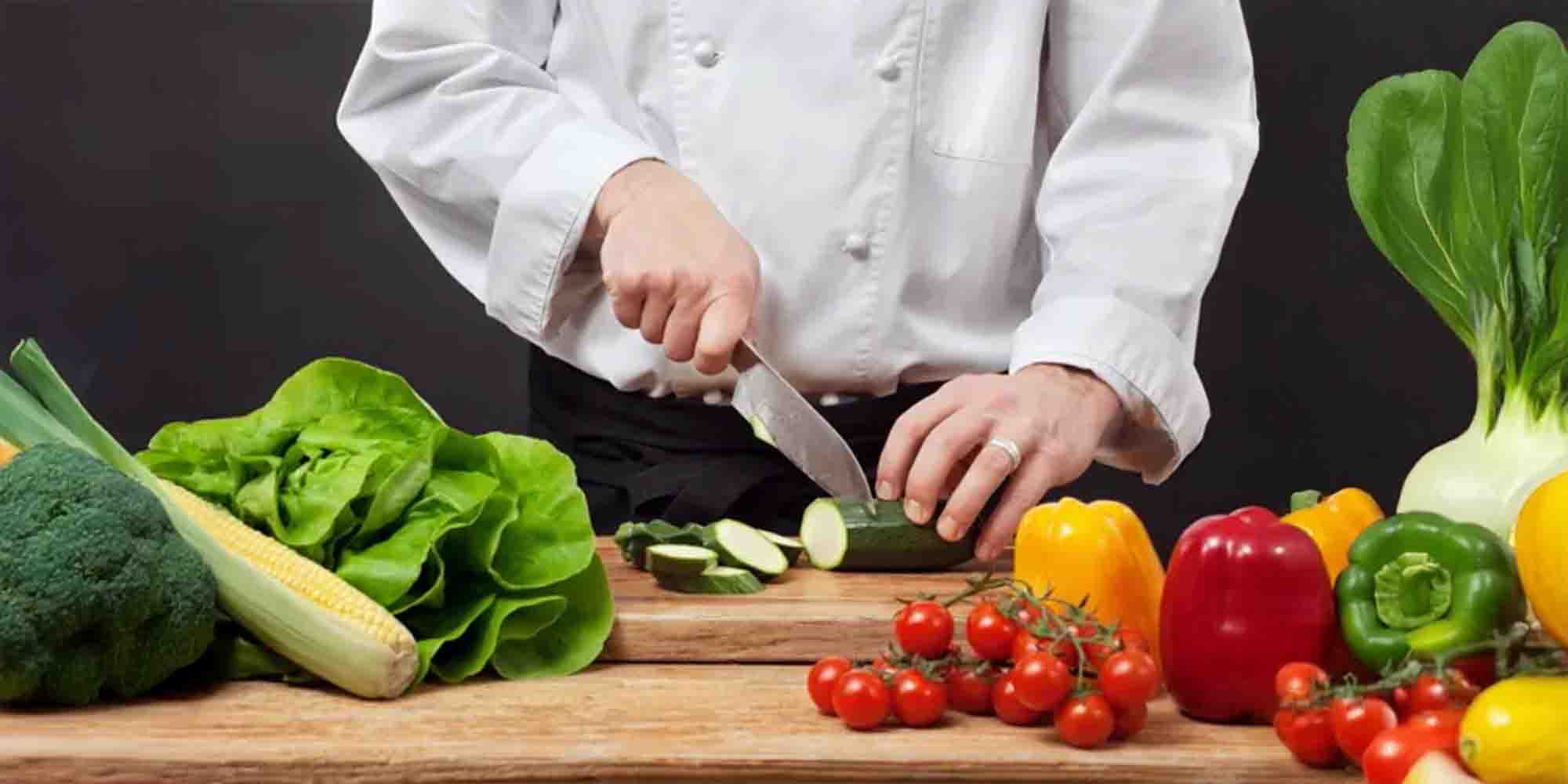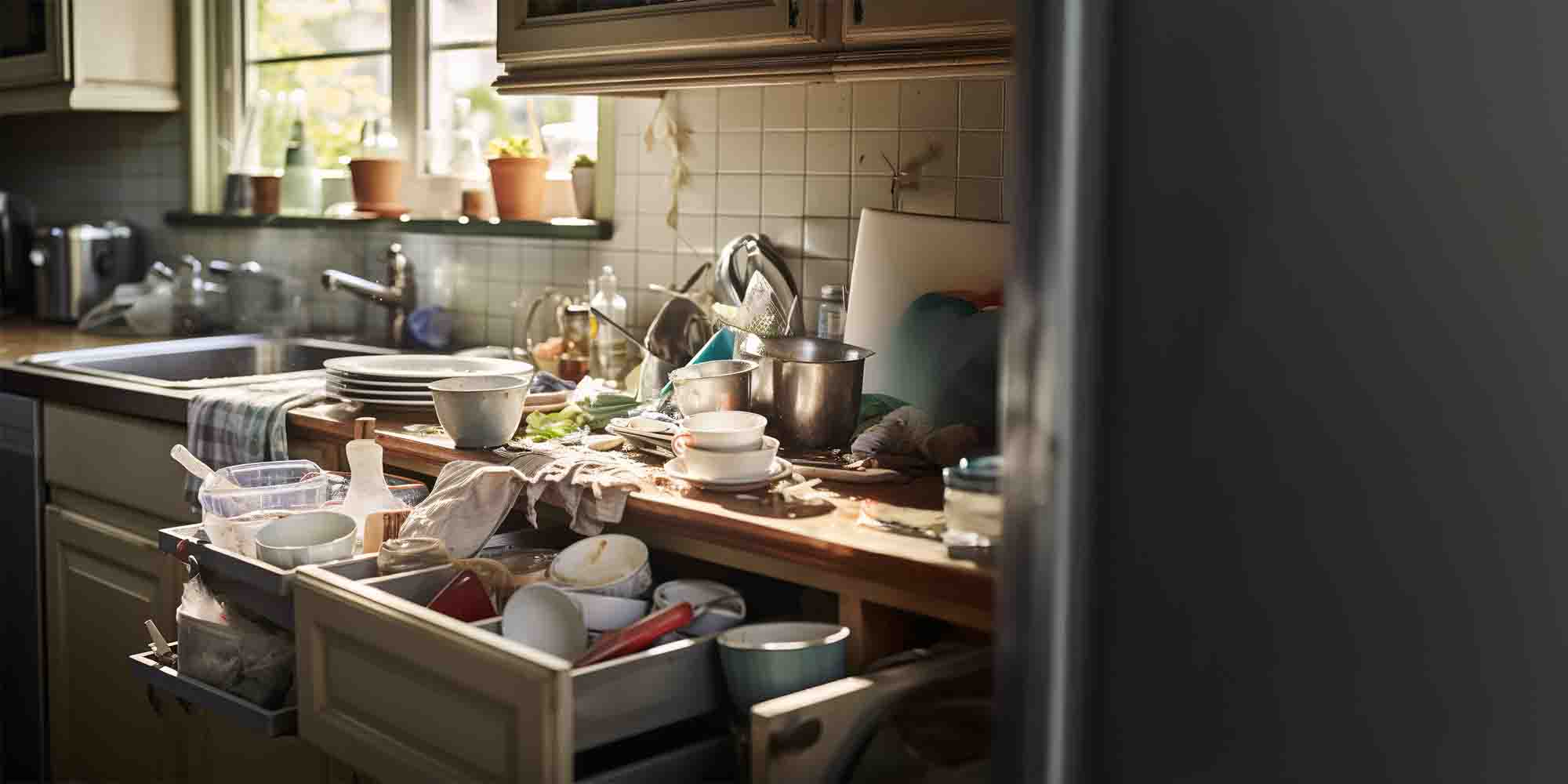The heart of any home or restaurant lies in its kitchen. However, have you ever wondered how amidst the aroma of freshly prepared meals, there exists a concern of hepatitis?
So, before you take another bite, let’s uncover the truth about dirty kitchens and their connection to hepatitis. No matter if you are dining out or preparing meals at home, understanding the risks is vital for the well-being of yourself and your loved ones.
Hepatitis A and E: Symptoms, risks, and recovery
According to the Centers for Disease Control and Prevention (CDC) in the U.S., hepatitis A and E are associated with poor kitchen hygiene. They are spread via the fecal-oral route through contaminated food or water, often due to improper handwashing. Both viruses are linked to unsanitary kitchen practices.
“Hepatitis A and E infections are usually short-term and do not lead to chronic illness. While symptoms can vary from mild to severe, some people may not show any symptoms at all. Common signs include fever, fatigue, loss of appetite, nausea, vomiting, abdominal pain, diarrhea, jaundice, dark urine, pale stools, and itchy skin,” says Medical Officer & Occupational Health Doctor & Medical Review Officer from Columbia Asia Hospital – Bintulu, Dr. Tania Peter Jang. “It is important to understand that even if symptoms seem mild, it is still crucial to monitor your health and seek medical advice if needed.”
As for recovery, most people recover within weeks to months; however, in rare cases, the infections can lead to acute liver failure, particularly in older adults, pregnant women, or those with pre-existing liver conditions.
How your kitchen could be a hepatitis hotspot
1.Poor hygiene practices
“Hepatitis A and E viruses can easily contaminate food if hands are not thoroughly washed and sanitized after handling potentially contaminated items or coming into contact with fecal matter. What is often overlooked is that these viruses can persist on cutting boards, cooking utensils, countertops, sinks, and even in water for weeks,” Dr. Tania points out.
Additionally, improper handwashing by food handlers after using the bathroom or handling potentially contaminated items, and not changing gloves between tasks, can spread these viruses to food and beverages.

2. Cross-contamination and food handling
“Cross-contamination between raw and cooked foods is more common in kitchens that are not cleaned properly. It happens when surfaces, utensils, and hands aren’t thoroughly washed after dealing with contaminated foods, which can let viruses like hepatitis A and E spread to ready-to-eat items.
“Raw or undercooked foods, particularly shellfish, fruits, and vegetables, can carry hepatitis A and E if they come into contact with contaminated surfaces or utensils in a dirty kitchen,” elaborates Dr. Tania.
Besides, Dr. Tania says that hepatitis-infected food handlers in unsanitary kitchens can shed the virus in their feces even before showing symptoms. They may transfer the virus during food preparation, serving, or handling, particularly if they do not wear gloves, fail to change them, or do not wash their hands properly.

3.Environmental factors
Poor water quality and pest infestation pose significant risks. A dirty and overcrowded kitchen, combined with sanitation problems or sewage issues, can contaminate the water supply. This contamination can potentially transmit hepatitis A and E viruses through food and beverage preparation.
“Pests like flies and rodents, which are drawn to unsanitary conditions, can spread hepatitis viruses through their droppings, contaminating food storage areas, water sources, and kitchen surfaces. If this contaminated water or food is consumed without proper treatment, it can significantly increase the risk of hepatitis transmission,” shares Dr. Tania.
U.S. Food and Drug Administration (FDA) has identified potential food-borne sources of hepatitis A such as:
- Shellfish
- Raw fruits and vegetables
- Drinks and ice made from a contaminated water supply
- Unpasteurized dairy products such as milk and cheese
- Ready-to-eat foods
- Foods prepared with contaminated water as an ingredient, such as soups and stews
Watch out! Common foods prone to hepatitis
U.S. Food and Drug Administration (FDA) has identified potential food-borne sources of hepatitis A such as:
- Shellfish
- Raw fruits and vegetables
- Drinks and ice made from a contaminated water supply
- Unpasteurized dairy products such as milk and cheese
- Ready-to-eat foods
- Foods prepared with contaminated water as an ingredient, such as soups and stews

Clean kitchen tips to reduce hepatitis risk
Food Storage
“To keep your kitchen safe, regularly inspect for and seal any entry points to prevent pests from getting in. Also, do not overstuff your refrigerator as it needs proper airflow for even cooling,” says Dr. Tania. “And remember, storing food in covered containers is key to preventing contact between raw and cooked foods, which keeps pests away, especially during meal prep. It is really important to keep raw meats and other raw ingredients separate from ready-to-eat foods to avoid cross-contamination. You would be surprised how many people overlook this simple but crucial step,” adds Dr. Tania.
Dr. Tania also shares that the FDA also recommends washing and sanitizing the interior walls and shelves of the refrigerator that may have come into contact with potentially contaminated foods. For this, use a solution of one tablespoon of chlorine bleach per gallon of hot water.
Food Handling
First and foremost, ensure that you choose safe raw materials. Drinking water should come from a clean and safe source; if there is any doubt about its safety, consider boiling or treating it.
“Cook food thoroughly, especially meats and shellfish, to kill any pathogens. For shellfish, heat them to 90°C for 90 seconds or boil at 100°C until the shells open. Then, continue boiling for three to five minutes. Discard any shellfish that do not open. For meat, make sure the juices run clear and there is no visible blood when cut. This applies to all cuts of meat, including steaks, which should be cooked to at least medium for safety,” advises Dr. Tania.
Other than that, restrict individuals from handling or preparing food if they exhibit symptoms of an infectious disease or illness, such as flu, diarrhoea, vomiting, jaundice, fever, sore throat, or abdominal pain.
Hygiene Practices
Proper hand washing with soap and water must be your top priority. This routine should be done before and after handling food, before eating, after using the toilet or changing diapers, after handling raw meats, and in between different kitchen tasks.
“In addition to hand hygiene, it is important to clean and sanitize kitchen surfaces, utensils, and equipment regularly to eliminate potential contamination. Ideally, this should be done with hot water and a cleansing agent, especially after preparing raw meats or handling potentially contaminated foods,” reminds Dr. Tania.
“Promptly removing food waste and keeping everything clean are key to preventing pests. Also, using gloves when handling ready-to-eat foods is a good practice. Remember to change gloves regularly and wash your hands before putting on a new pair. It might seem like extra work, but it really makes a big difference,”
This article first appeared in New Straits Times on December 31, 2024.
Berkongsi:
Adakah artikel ini membantu?
Learn more about General Practice, Occupational Medicine in Columbia Asia
Ketahui lebih lanjutPerlukan bantuan lanjut?
Bercakap secara langsung atau hubungi Columbia Asia hospital berhampiran anda.
Hubungi KamiBerkongsi:
Adakah artikel ini membantu?
Pakej Kesihatan
Meningkatkan kesihatan anda dengan pakej kesihatan yang disesuaikan di Columbia Asia Hospital. Jaga perjalanan kesihatan anda hari ini.

